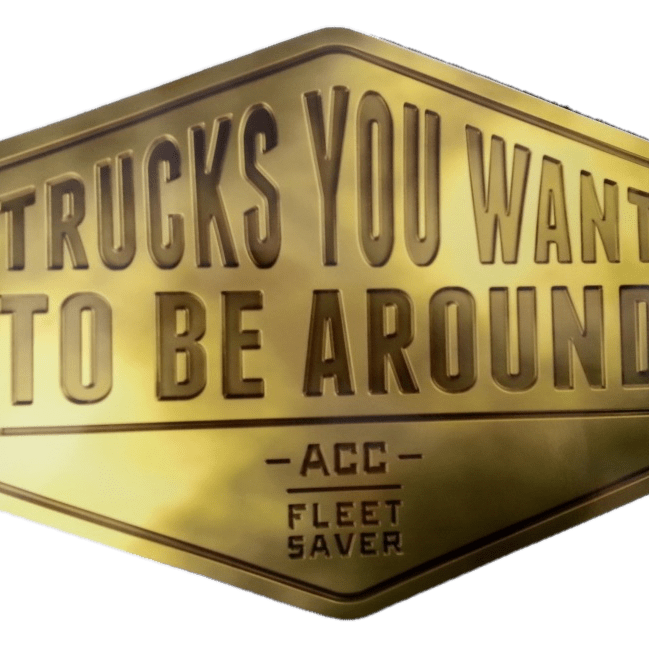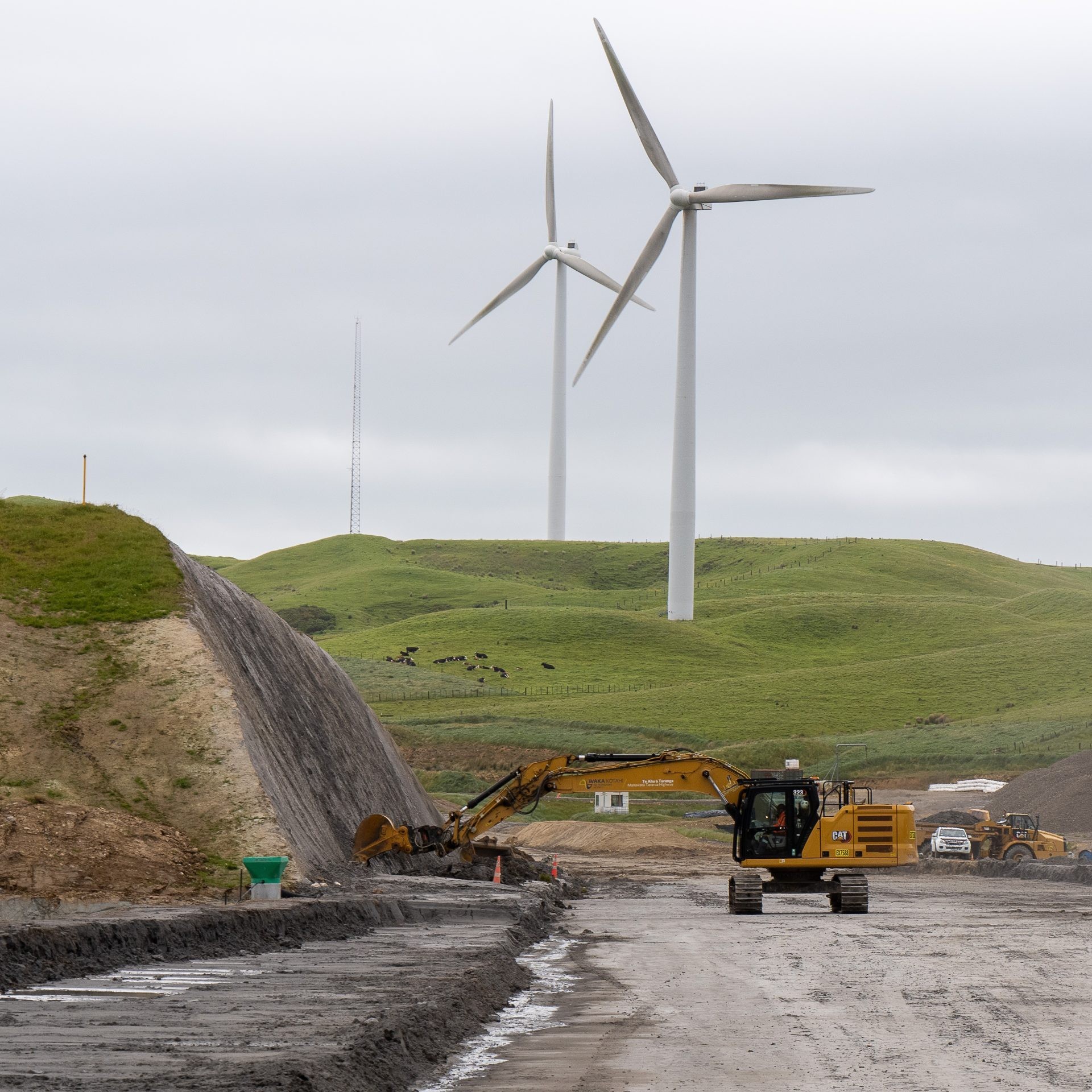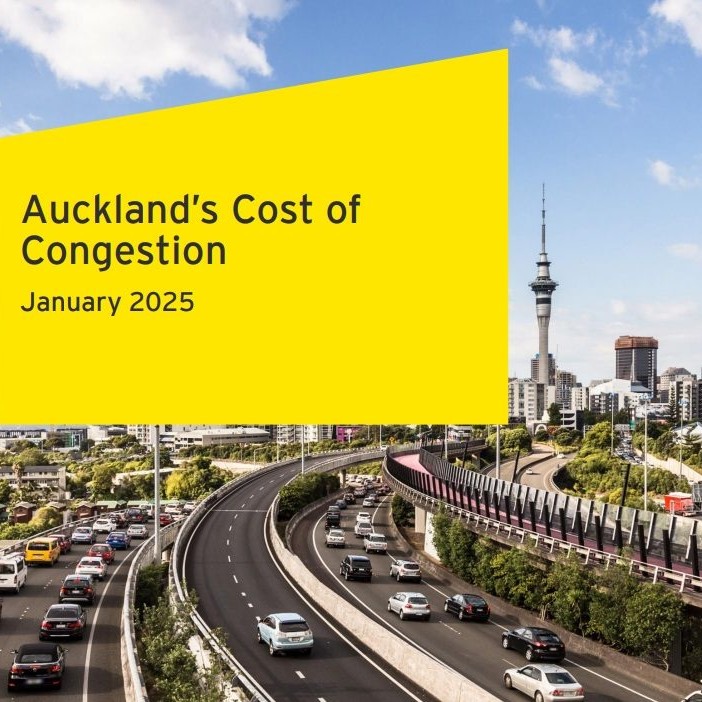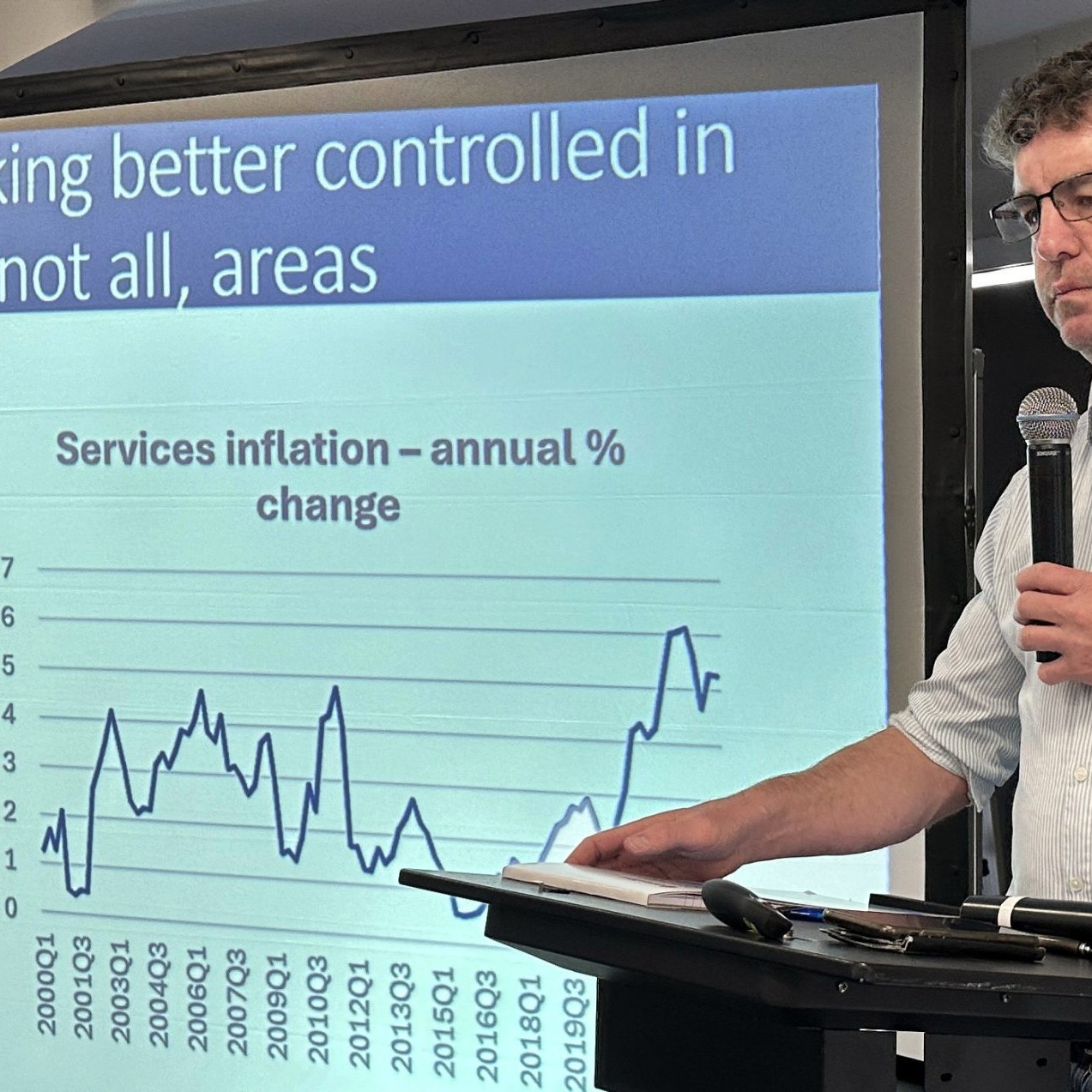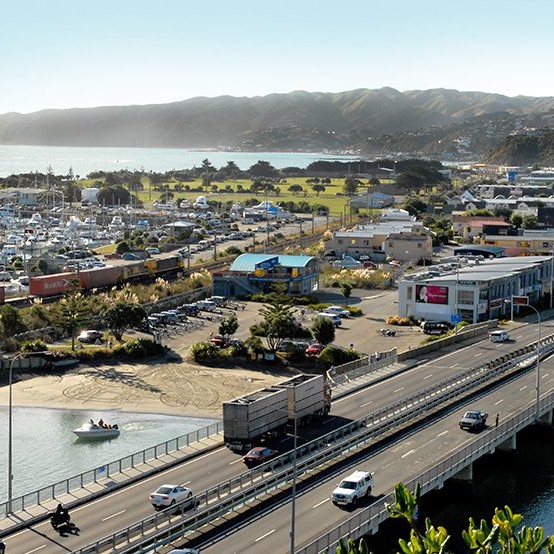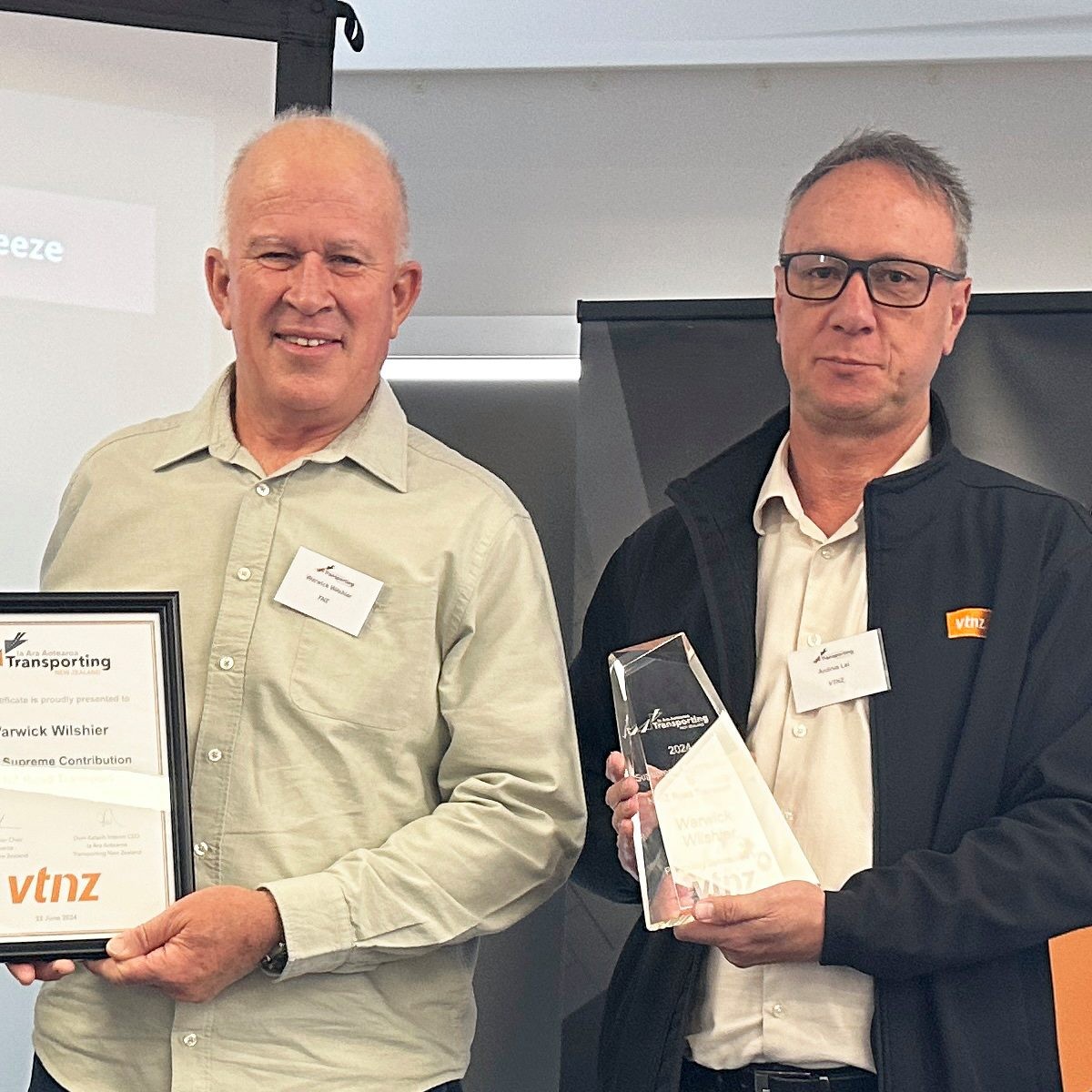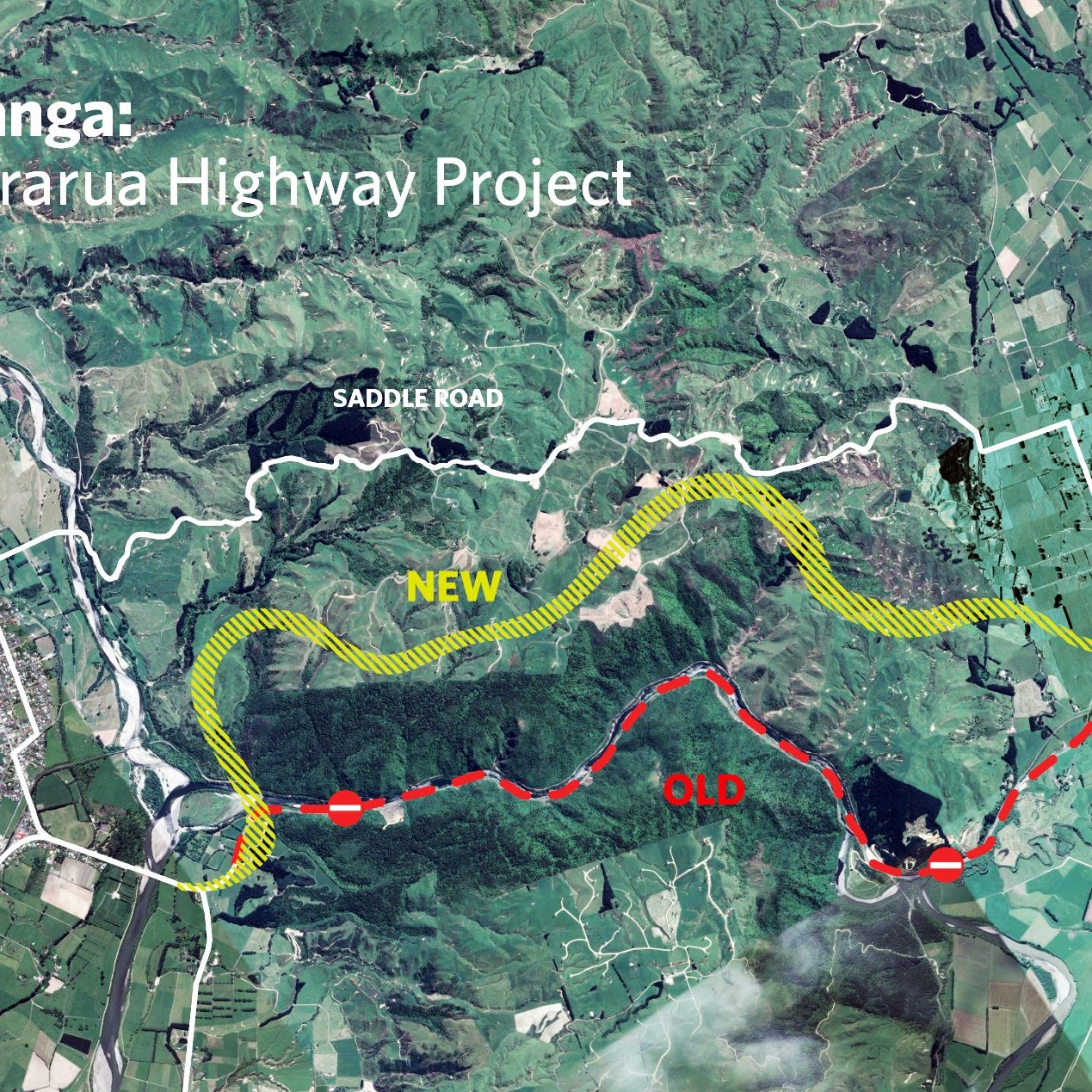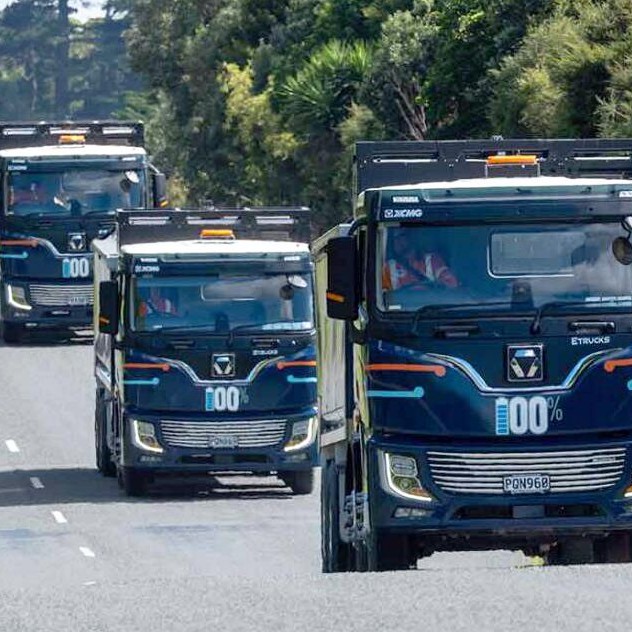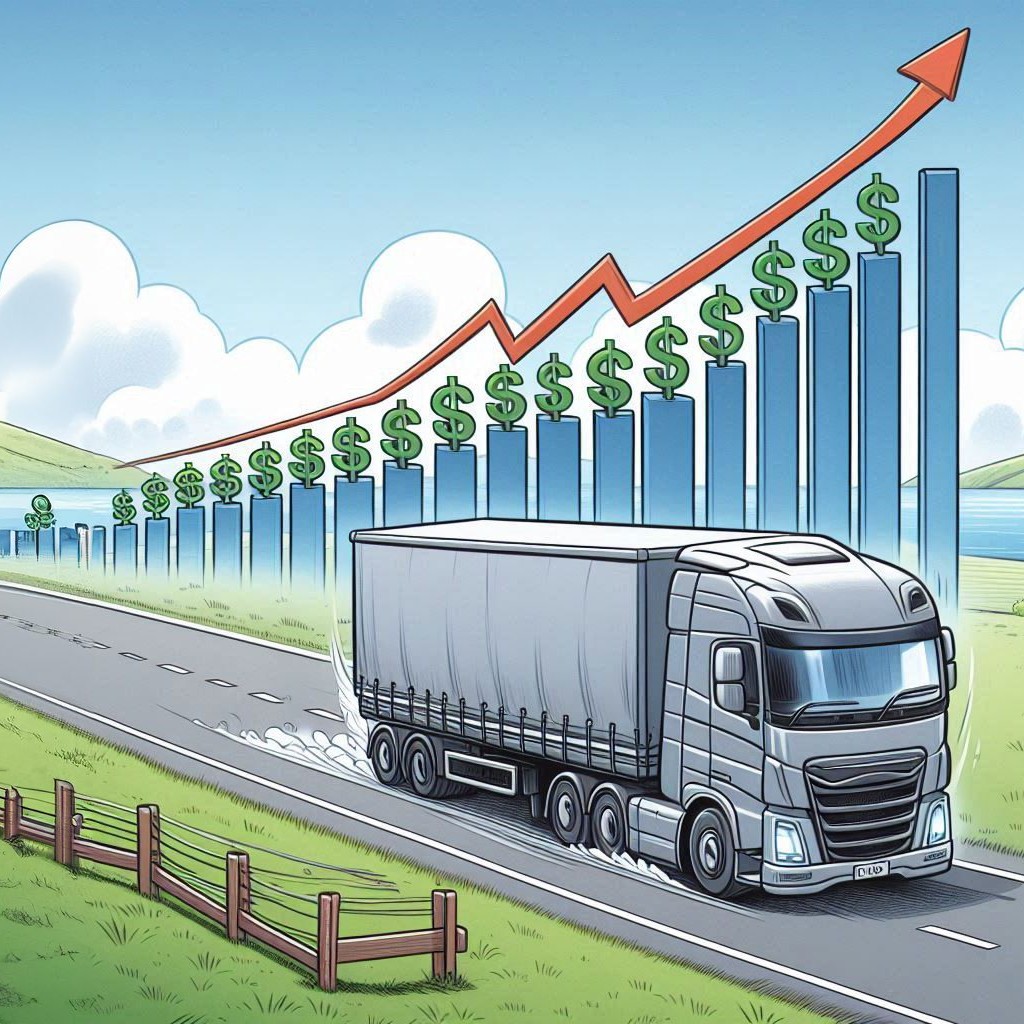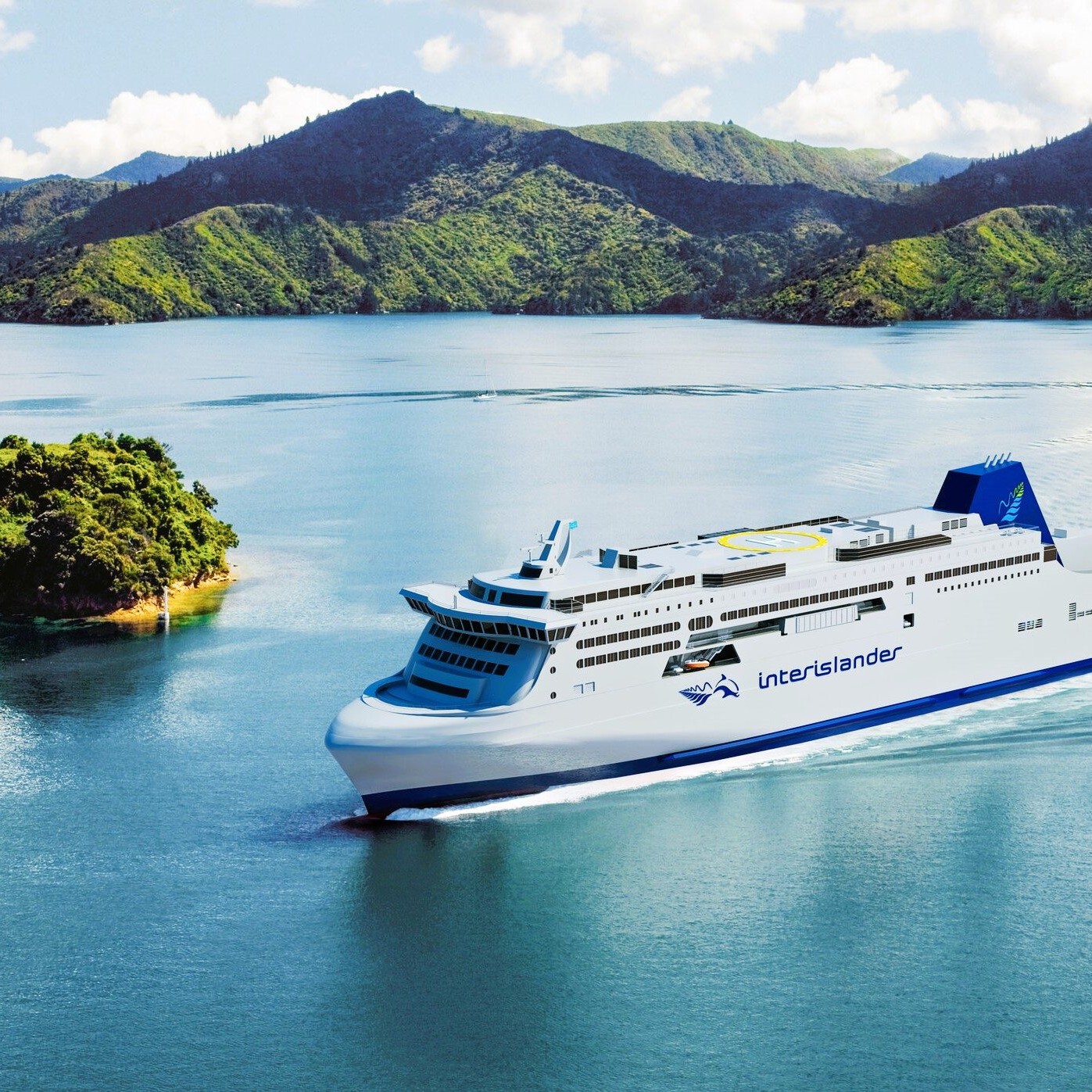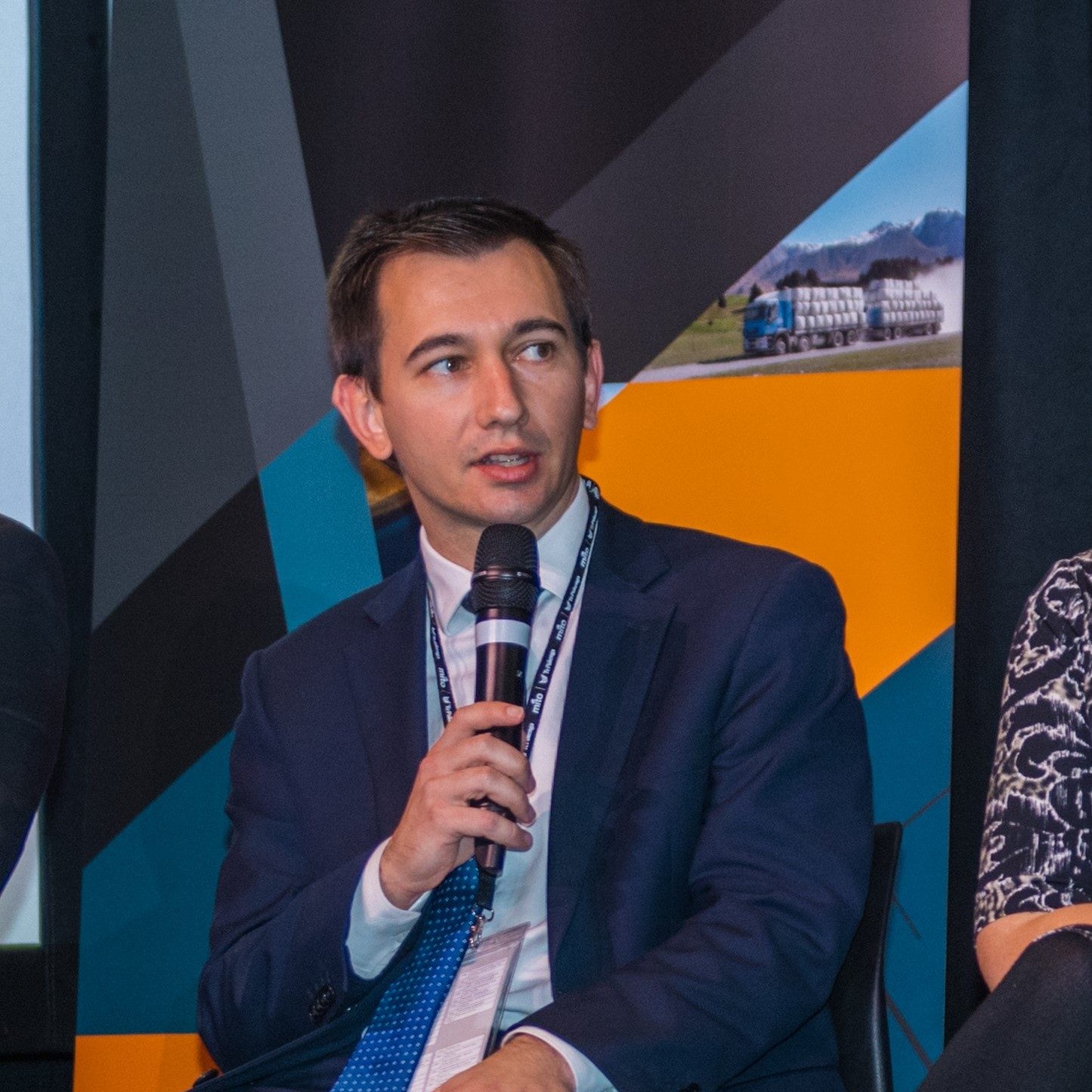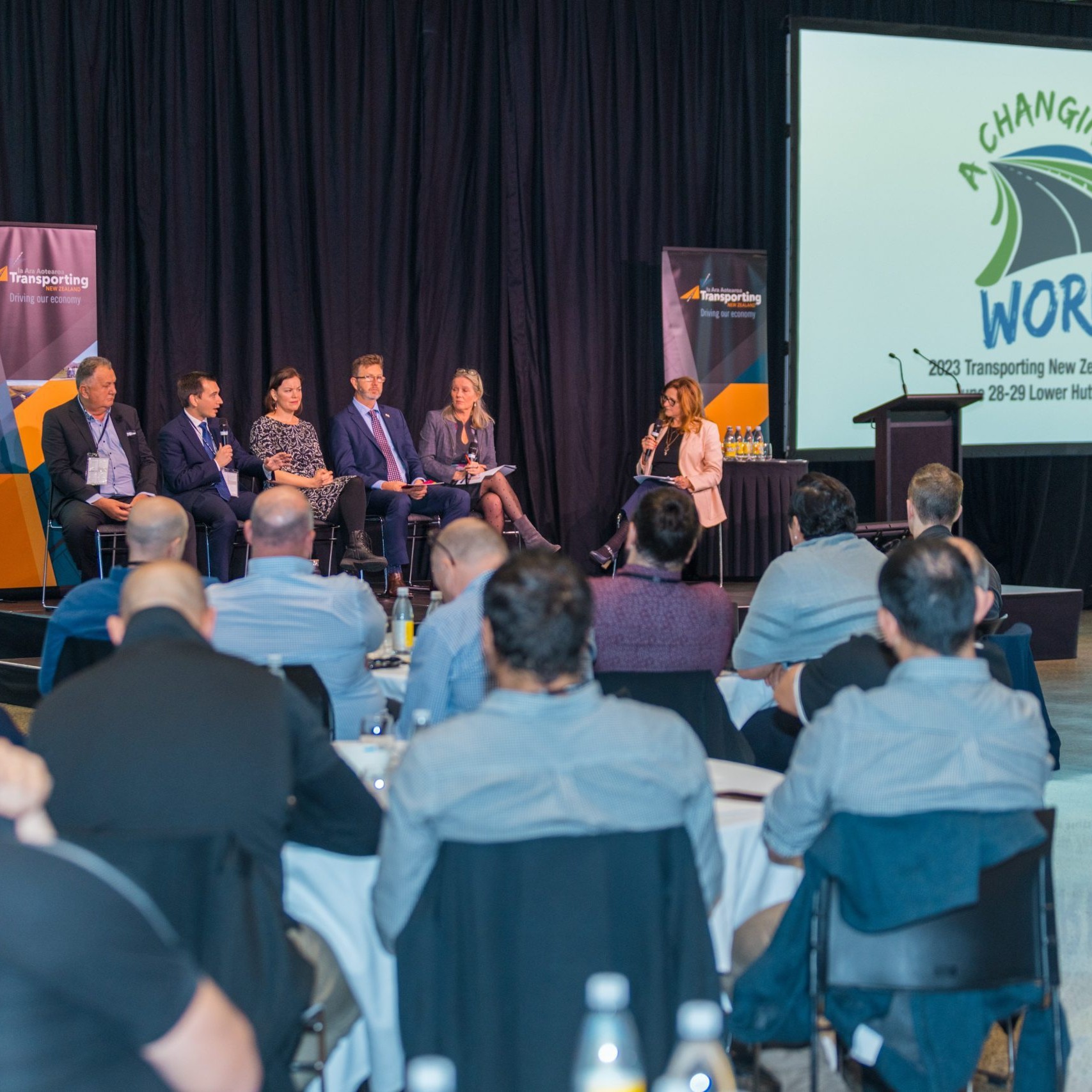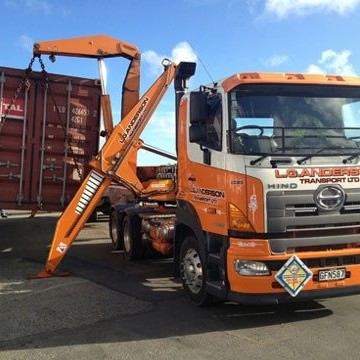
Auckland cannot become a city of two halves because there is no infrastructure resilience, Road Transport Forum (RTF) chief executive Nick Leggett says.
“Damage to the Auckland harbour bridge and its subsequent partial closure since Friday last week has exposed the unacceptable risks we live with due to poor infrastructure,” Leggett says.
“Given New Zealand’s high-risk profile due to its susceptibility to numerous natural disasters, it is extraordinary that we now have this situation where Auckland, our largest city, has become a city of two halves.
“This is resulting in lost productivity as people sit for hours in traffic, and costs, as freight is delayed and has to travel a greater distance to get to its destination.
“As with the Auckland road border closures for Covid-19 that caused massive traffic jams, the road freight industry now has to worry about driver work hours if trucks are caught up for two hours, as well as the viability of perishable goods and the welfare of animals being transported. There are only so many hits businesses can take.
“While some trucks can use the lanes of the Auckland Harbour Bridge that are open, others cannot and have to take the route that is more than double the distance and is also heavily congested.
“Feedback from operators is that capacity has halved for the North Shore run and this is adding stress to customers already under pressure from lockdown and delays to inbound freight as a result of Covid-19.
“Covid-19 has hit the economy hard, so it is rubbing salt in the wounds when well-meaning government officials suggest people stay home or work from home. Not everyone can do that and those in the supply chain certainly can’t or there wouldn’t be food in the supermarkets.
“This situation has made some things crystal clear. There needs to be an alternative harbour crossing in Auckland. Infrastructure planning needs to be holistic and co-ordinated to give the best economic outcomes for the country as a whole, rather than randomly scattered around to gain votes. Moving the country’s main port for its largest city more than one hundred kilometres away to Whangarei is pure folly when the supporting infrastructure cannot sustain that.
“It’s time for whoever is in Government to get real about the state of our economy and the link between infrastructure and our recovery from Covid-19. What is the cost to productivity of an event like this in our major city, which contributes nearly 40 percent of our GDP?
“We also hope there will be some kind of inquiry into how this happened and how a similar incident can be prevented in future.”
